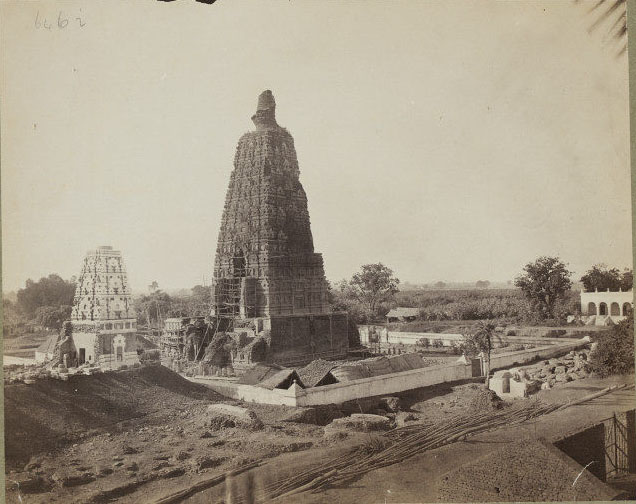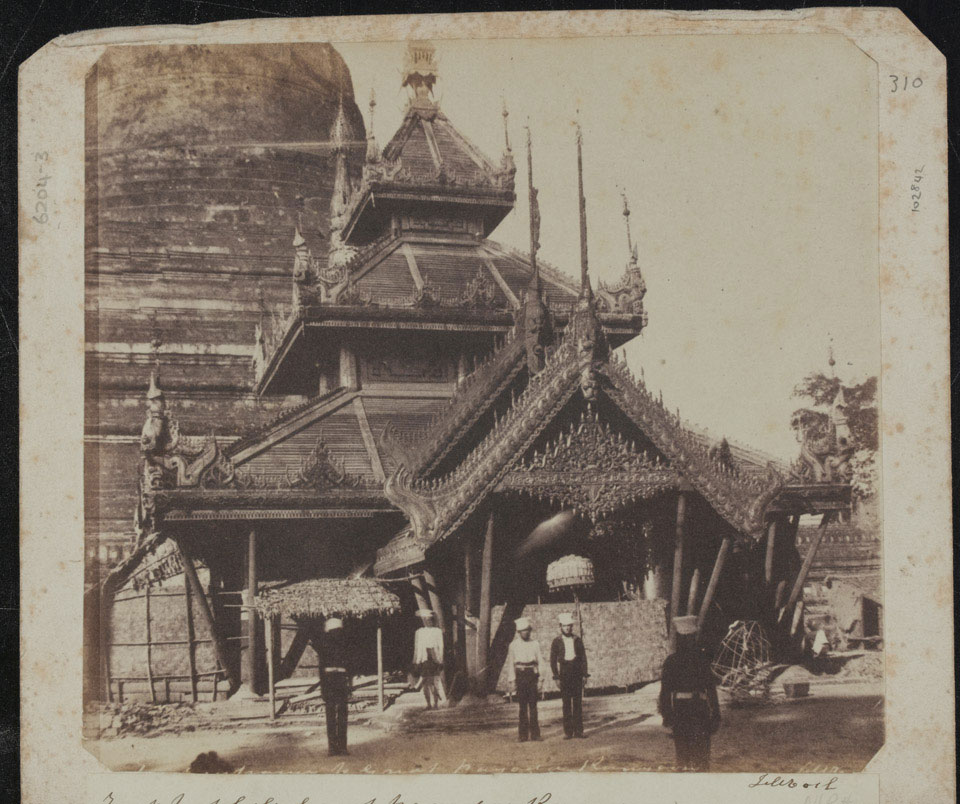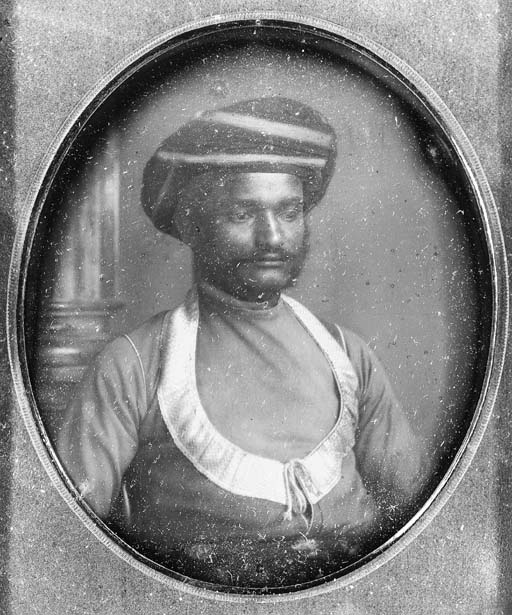Robert Melville Clarke (1834 – 1878), arrived from London to Calcutta (Kolkata) in 1852 to join his posting at 2nd Bengal Cavalry. He was a keen explorer and self-taught photographer. Starting from 1850’s, photography was adopted as an important agent in civil and military exploration and reconnaissance. Officers in the British administrative, medical, and military establishment in British India were encouraged to use the camera. Robert Melville Clarke was one such army engineer who volunteered to document India through photography because of his passion for the medium.

He traveled to Ladakh in 1861 and made a series of photographs on his journey from Shimla, the main administrative centre of the British Government in the Himalayan foothills, to head for Ladakh and Kashmir. He and his team set off from Shimla, in the summer of 1861, travelling via Narkanda, Kotgarh, and thence through Kulu, over the Rohtang Pass to Lahoul, Zanskar, Ladakh and eventually down to the Valley of Kashmir.
Clarke’s photographs of Shimla, “the favourite Sanatorium of the Himalayas’, as well as the topographic features surmounted on his journey and picturesque scenes in Kashmir, are all echoed in the photographs of Samual Bourne made three years later. Robert Melville Clarke was a pioneer in travelling and documenting the Himalayan environment, however works of Samual Bourne are popular and more recognised.
Clarke’s Album titled “From Simla through Ladac and Cashmere (1862)” is with 37 Albumen silver prints glass negatives varying in size to approximately 9¼ x 10½ in. (23.5 x 26.7 cm.). The Album was originally published in Calcutta, by Savielle and Cranenburgh, in 1862, as an extremely limited edition. The Album provides a glimpse of the terrain and the types of habitations encountered on his journey, from the higher arid regions with the Tibetan settlements to the more hospitable Srinagar, the former Mughal summer capital in the Kashmir valley. There is no other document available to show Robert Melville Clarke’s photography journey post-1862.
Prior to the invention of cellulose nitrate film in 1903, photographic emulsions were made on glass supports. These glass supports are typically referred to as glass plate negatives. The term “glass plate negative” refers to two separate formats: the collodion wet plate negative and the gelatin dry plate. Both of these formats consist of a light-sensitive emulsion that is fixed to the glass plate base with a binder. The advent of the glass plate negative resulted in an increased interest in photography. Do-it-yourself manuals cropped up during the 1860s and assisted both the amateur and professional photography in the creation of glass plate negatives.
The glass negative process, with its long density range and very fine detail, was a great advance over earlier paper negative methods and also gained wide acceptance in the early 1850s. The albumen prints emerged as a printing process that supported the finest details and contrast of Glass Negatives. The albumen print possessed increased detail and contrast because the image resided in the compact layer of albumen on the print surface, instead of deep within the fibres of the paper.
The Albumen silver prints of Robert Melville Clarke are intact in the album, and preserved in J. Paul Getty Museum and The Paul F. Walter Collection
Reference
Photography and Tibet, By Clare Harris, Reaktion Books, 2016
Picturing Empire: Photography and the Visualization of the British Empire, By James R. Ryan, Reaktion Books, 1997
Encyclopaedia of nineteenth-century photography, John Hannavy,Taylor & Francis Group,2008
https://www.getty.edu/art/collection/artists/7833/capt-melville-clarke-british-1834-1878/
https://lists.rootsweb.com/hyperkitty/list/india-british-raj@rootsweb.com/thread/NZQFSMHMKK7VRV5UI2LPNVLCVAUQDHLI/
https://cool.culturalheritage.org/albumen/library/c20/reilly1980.html









